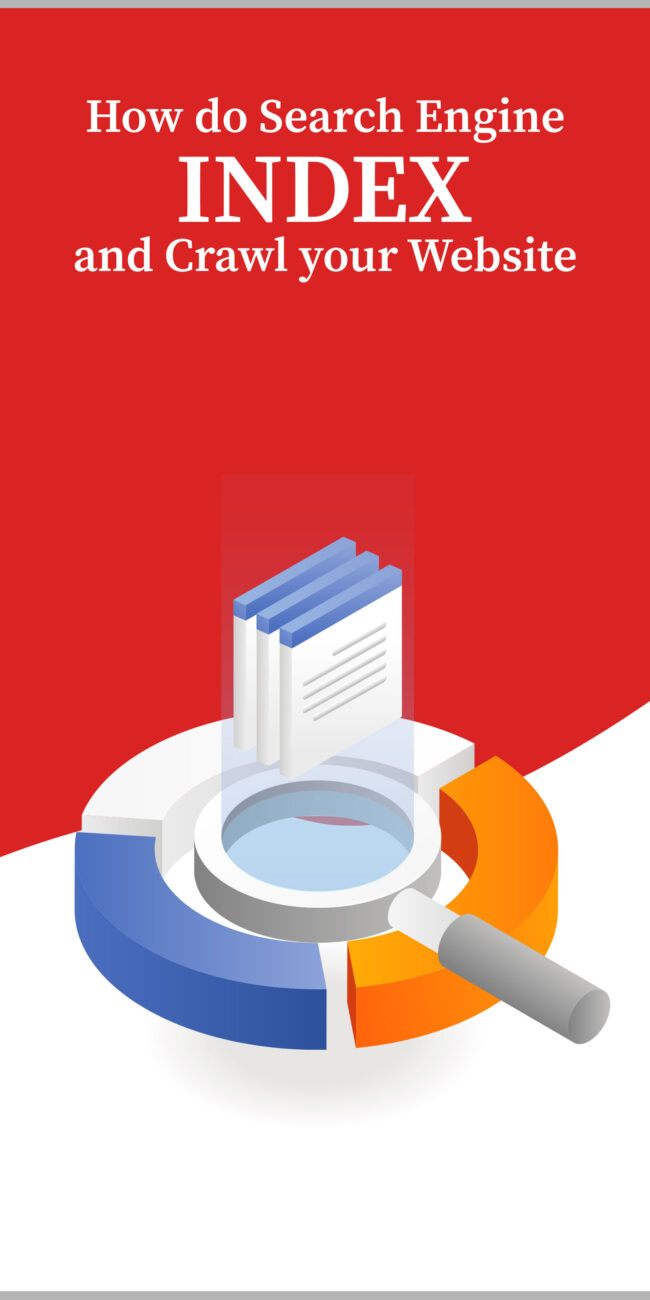
Taking advantage of modern monitoring tools, SEO is an incredibly powerful tool to get your message out there. By assessing metrics such as rankings, traffic flow and customer engagement, you’ll be able to understand how effective your organic campaigns are at driving revenue, building loyalty and creating a positive reputation for yourself or your business.

Additionally, SEO tracking metrics provide essential information that may be used to develop new strategies or enhance existing ones. However, how do you decide which SEO tracking metrics to use? Tons of data are accessible through Google Analytics and SEO tools.
Why SEO tracking metrics are crucial
It is said that you can only manage something if you measure it.
You will find possibilities to boost your organic traffic and income once you have thorough tracking. While this is happening, risks to your current customer base and business can slip under the radar of your digital marketing strategy. Additionally, several appropriate measures for SEO assess overall marketing effectiveness.
Google tweaks its algorithm frequently, and SEO is always dynamic. To make sure that your site is stable, effectively optimised, and bringing in revenue, it is crucial that you consistently check SEO tracking metrics.
Top 9 SEO tracking metrics
SEO success indicators and KPIs are not all made equal. Although Google’s algorithm uses over 200 ranking variables, some are more significant than others.

Concentrating on metrics that have the most significant effects if you want your organic search performance to have an impact is critical. As a result, your SEO effort will result in a higher payoff for your advertising costs. In light of this, let’s examine the 09 SEO tracking metrics indicators you need to monitor regularly.
Organic Traffic
Let’s begin with the most obvious. The traffic you receive from results pages of search engines (SERPs) without paying for advertising strategy is known as organic traffic.
Focusing on organic traffic shows that people find your website when searching for phrases associated with your industry and area of expertise. Various sources (search engines, social networks, direct searches, and other websites) may contribute to your overall traffic. Therefore, if your SEO approach is practical, you should see a consistent increase in the number of visitors coming through search results.
Click through Rate
Your organic click-through rate indicates the proportion of individuals who land on your site after finding it through the SERPs.
Organic CTR demonstrates how well your list (including the title, meta description, and URL) attracts and engages your audience.
If your CTR is low, it’s possible that your header or meta tags need to be more attractive or that the information is irrelevant to the user’s query. Here are some ideas to improve your organic CTR.
In the “Performance” area of Google Search Console, direct CTR tracking is possible.
To track organic traffic in Google Analytics, sign in to your panel and select “Add Segment” in the standard Audience Overview.
Exit rate
Exit pages are another SEO tracking metric. As the name implies, these are the last pages users come across and leave your website. The sections on your site that prompt users to lose concentration and depart are the most often visited pages. Since most visitors leave these areas of your website, it is essential to keep an eye on your top departure pages.
Thus, if you notice that a sizable chunk of your visitors leaves after viewing a particular page, it may hint that the website or its content needs improvement.
Location
It’s critical to monitor the sources of your organic traffic. This is particularly true if your SEO campaigns are intended to target particular geographic areas or if you want to grow your company in new markets.
Location is search engine metrics to monitor organic traffic by location. The fact that you possess a big following elsewhere could surprise you. You could update your marketing plan to incorporate growth into these areas.may want to investigate why you’re getting a lot of organic traffic from nations that aren’t profitable for your company. You could change your SEO plan to concentrate more on your target nations.
Natural bounce rate
The bounce rate shows how many visitors “bounced” off your website after just seeing one page. A lower figure, which is reported as a proportion of visitors, denotes better performance.
If your bounce rate is excessive, you might have to take some on-site action to keep visitors returning.
Rate of organic conversion
Keep in mind that organic traffic merely brings visitors to your website; it does not imply a transaction. For this reason, you also need to gauge the conversion rate.
You should look at the overall exchange rate for organic search traffic. By doing so, you’ll be able to gauge how desirable your website is to visitors who arrive via search engine results. To find out what factors affect conversion rates, you’ll also want to explore different groups. The rate of organic conversion becomes effective SEO tracking metrics to measure SEO performance.
Local Visibility
You must monitor your local presence if your company has one or more physical sites nearby clients can visit.
Is your website specifically showing up on the local 3-pack for terms relevant to your industry? When people search for your town or city and your industry’s name, does it come up? If not, you should start focusing on some local SEO.
Impressions
Impressions are also amongst the most important SEO metrics and indicators of the success of your SEO effort. The Impressions will go up as ranks rise. Your traffic will then increase after you crack the top three.
Crawl mistakes
A high number is only sometimes a good thing regarding SEO analytics. For instance, crawl mistakes must always be prevented.
When a search engine tries to access a page on your website but is unsuccessful, it makes a crawl error. Crawl failures can be caused by various reasons, including deleted sites, pages with a “no index” tag, and pages that are prohibited in the robots.txt file.
It’s critical to monitor this status since if a page can’t be crawled, it won’t be indexed and won’t get any traffic from organic search. If the number of crawl mistakes on your website increases, Google may lose faith in the website and begin to downgrade its current ranks.
Conclusion
An often-overlooked aspect of SEO is determining which information to look at and how to evaluate it (or any other marketing channel). A significant portion of our duties involves reporting and demonstrating the worth of our SEO efforts.
You are now aware of the SEO metrics to track. However, you must understand the significance of each SEO tracking metric.





